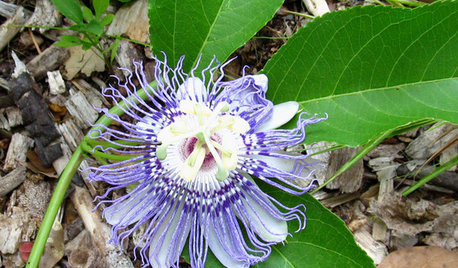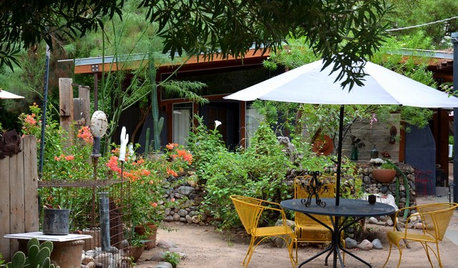vigna caracalla beans edible?
izzybelle
17 years ago
Featured Answer
Sort by:Oldest
Comments (12)
rodger
17 years agozeedman Zone 5 Wisconsin
17 years agoRelated Professionals
Mountain Brook Landscape Architects & Landscape Designers · Signal Hill Landscape Architects & Landscape Designers · Paradise Landscape Architects & Landscape Designers · Cockeysville Landscape Contractors · Indianapolis Landscape Contractors · Kaysville Landscape Contractors · Merced Landscape Contractors · Middle River Landscape Contractors · Point Pleasant Landscape Contractors · Woodbury Landscape Contractors · Lauderdale Lakes Landscape Contractors · Rantoul Decks, Patios & Outdoor Enclosures · Shirley Decks, Patios & Outdoor Enclosures · Surfside Decks, Patios & Outdoor Enclosures · Windsor Decks, Patios & Outdoor Enclosuresizzybelle
17 years agorodger
17 years agojimster
17 years agoizzybelle
17 years agojimster
17 years agoshellybeans
17 years agoorganic_henry
12 years agoonthebench
11 years agokarmichoax
3 years ago
Related Stories

GARDENING GUIDESGreat Design Plant: Passiflora Incarnata
Enjoy the amazing flowers and edible fruit of U.S. native Passiflora incarnata (also known as maypop) — the butterflies sure do
Full Story
LANDSCAPE DESIGNAn Artist’s Garden Delights With Beauty and Whimsy
Step into this Phoenix garden, where history, color and the unexpected are waiting to be discovered
Full StorySponsored



HU-504037566